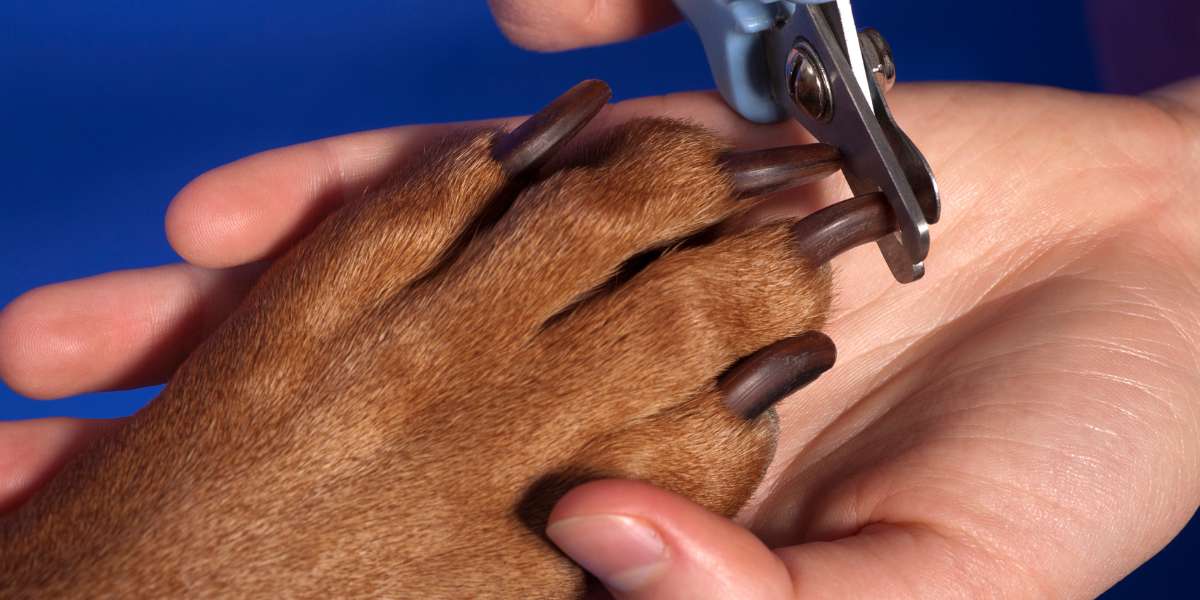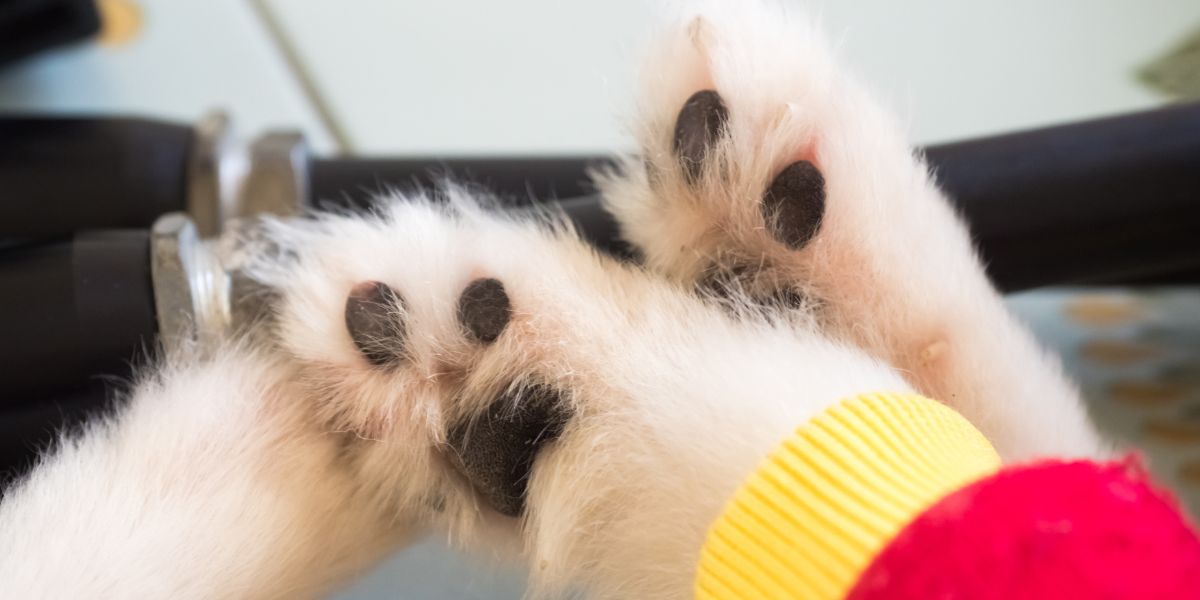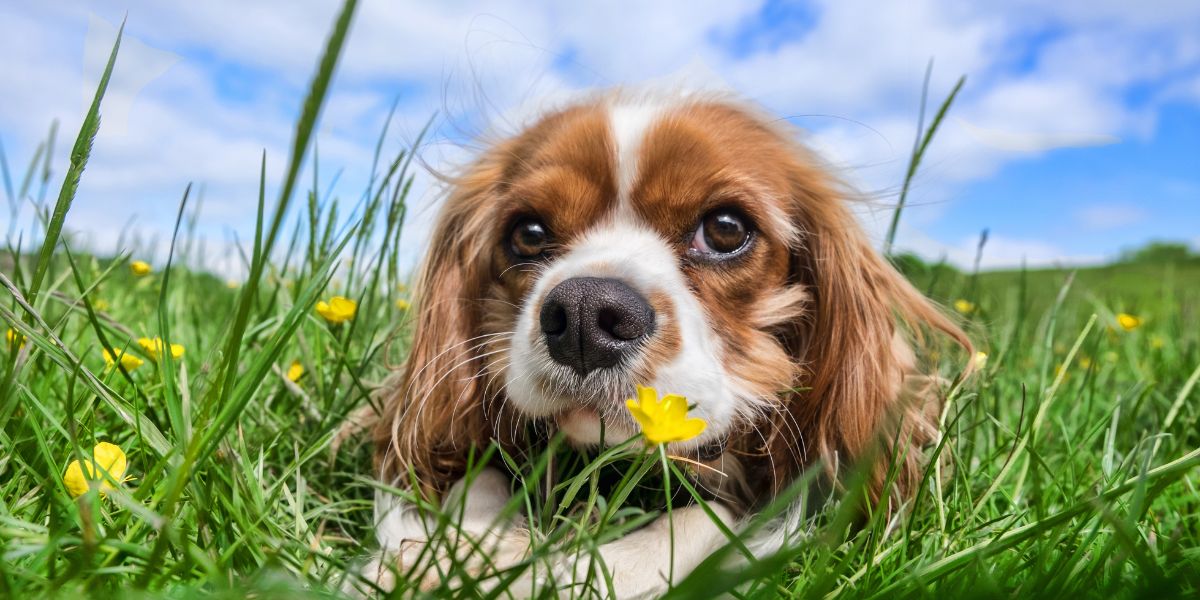Trimming your dog’s nails is an essential aspect of their grooming routine and overall well-being. Overgrown nails can lead to discomfort, difficulty walking, and potential health issues. However, the process can be daunting for both dogs and their owners. In this guide, we’ll discuss the necessary equipment and precautions to ensure a safe and stress-free nail-trimming experience for your furry friend.
Equipment:
- Dog Nail Clippers:
Choose the right type of nail clippers for your dog’s size and nail thickness. Guillotine-style clippers and scissor-style clippers are common options. Make sure the blades are sharp to avoid crushing the nail. - Styptic Powder:
Accidents happen, and in case you accidentally cut the quick (the sensitive blood vessel inside the nail), styptic powder can help stop the bleeding. Keep it on hand during the nail-trimming process. - Dog Nail Grinder:
A nail grinder is an alternative to clippers and can be less intimidating for some dogs. It grinds down the nail gradually and is useful for rounding off sharp edges after clipping. - Treats and Positive Reinforcement:
Reward your dog with treats and praise throughout the process to associate nail trimming with positive experiences. This helps reduce anxiety and makes future sessions more manageable.
Caution:
- Know the Anatomy of the Nail:
Understand the anatomy of your dog’s nail, especially the quick, which contains blood vessels and nerves. Cutting into the quick can cause pain and bleeding. The quick is more visible in dogs with light-coloured nails. - Go Gradual:
If your dog is not accustomed to nail trimming, introduce the process gradually. Start by touching their paws and nails without applying pressure. Gradually increase the duration as they become more comfortable. - Watch for Signs of Discomfort:
Monitor your dog for signs of discomfort, such as pulling away, whimpering, or tensing up. If you notice any signs, take a break and resume later or seek professional help. - Take Breaks:
If your dog becomes stressed or anxious, take breaks during the trimming session. This ensures a positive experience and reduces the likelihood of injury. - Be Mindful of Pressure:
Apply gentle, steady pressure when trimming your dog’s nails. Avoid squeezing the clippers too tightly to prevent injury and discomfort. - Regular Maintenance:
Trim your dog’s nails regularly to prevent overgrowth. Frequent, shorter sessions are often less stressful for both you and your dog than infrequent, lengthy sessions.
Conclusion:
Trimming your dog’s nails is an important aspect of their overall care, contributing to their comfort and health. By using the right equipment, practising caution, and incorporating positive reinforcement, you can make nail trimming a stress-free experience for both you and your furry companion. If you are unsure or uncomfortable with the process, consult with a professional groomer or veterinarian for guidance.








